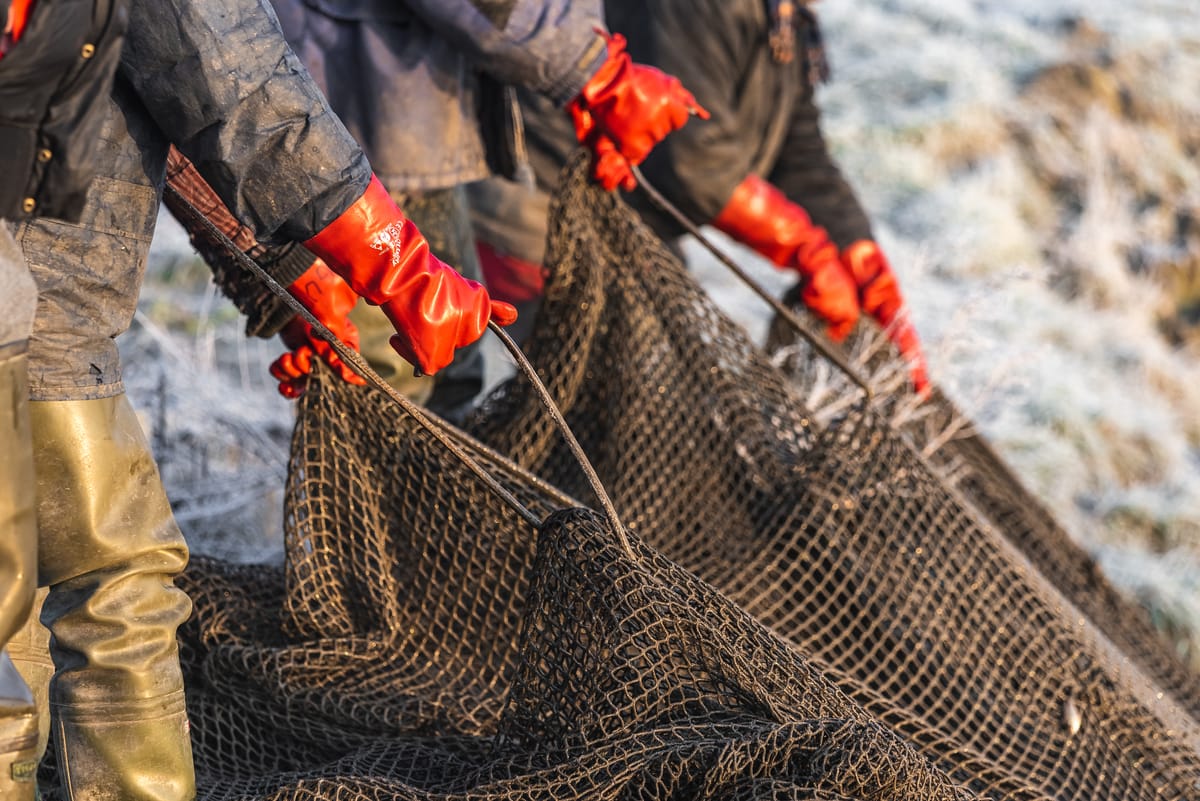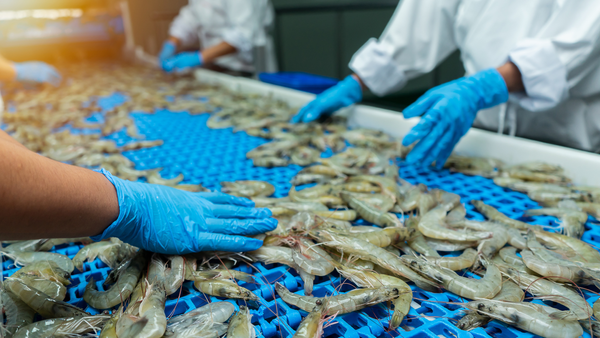Insights & Predictions from NOAA's Latest SIMP Report

Last Friday, NOAA released a report to Congress on SIMP implementation that we need to unpack. For the newcomers, the US Seafood Import Monitoring Program (SIMP) is a regulation that requires reporting detailed sourcing information including fishing vessels, species and harvest areas for ~30% of all seafood entering the US. After a false start at expansion in 2022 SIMP underwent an internal review. That process is wrapping up now and by this fall NOAA confirmed in this report that it will begin implementing changes to the program.
Given the timing, this report is likely the last public word on NOAA’s thinking about SIMP before changes are announced later this year. In this post I look beyond the report's graphs and overarching narrative to tease out trends industry should be aware of and point out where NOAA could be signaling what is to come.
Insights
This report paints SIMP as a program with two key features that have very different trajectories: 1) sourcing data that is digitally reported to clear import customs is becoming widely used in enforcement operations and has raised the profile of seafood import inspections in the eyes of Customs and Border Protection. 2) Supply chain audits are not doing well; the total number of audits fell dramatically in 2023 while the rate of audit failures spiked to new highs.
The Port of Long Beach and Pacific Islands are where most SIMP inspections at port take place, specifically there is a focus on 40-foot containers.
SIMP is fueling seizures under other authorities. In 2023 NOAA seized 70 tons of shrimp from Vietnam and China for violations under the Department of State’s Section 609 imports program, but they were only able to do that by examining SIMP data. SIMP also prompted seizures of 10 tons of seafood from South Africa, Senegal and Mexico.
Audit non-compliance has climbed to over 50%. Here are some of the most severe problem areas:
- Over 70% of seafood imports that were harvested in Japan, Mexico, Venezuela or and the high seas (e.g. RFMOs) failed SIMP audits.
- 70% of all wild-caught seafood audits failed.
- 100% of FY23 SIMP audits of Pacific cod, red king crab, and Atlantic blue crab supply chains failed, as well as 70% of all tuna imports—which are particularly prone to falsely reporting fishing areas.
Predictions
Changes to SIMP will begin to roll out this fall. While we don’t know what that will entail, this report tees up a number of possible rulemaking and policy/outreach actions. There is one good reason to believe this timing will stick: politics. By fall in an election year the Biden Administration will want to announce 'wins', and efforts to combat illegal, unreported and unregulated (IUU) fishing have generally met with bipartisan support (as compared to designating new areas as off-limits to commercial fishing, for example). As an IUU-centric regulation, SIMP-related announcements are a realistic focus area.
Non-Regulatory Changes
Importer and Supply Chain Outreach: Audits are an issue, and informal efforts to improve compliance haven’t moved the needle in the right direction. It would make sense for NOAA to collaborate with importers and brokers to design and implement a comprehensive educational outreach plan to support better data collection, screening, and records management across the seafood supply chain.
Risk Targeting: NOAA is slowly moving away from random sampling to targeting higher-risk imports for audit and inspection. The agency has been working on improvements to its analytics capabilities, and stated in this report that improved analytics capabilities will go into effect later this year. While it is unclear how this will impact industry, it could lead to more targeted enforcement against some of the most problematic fishing areas and species mentioned above.
Regulatory Changes
Species and Tariff Codes Expansion: NOAA’s 2022 expansion proposal was modest, adding a handful of species at high risk of illegal fishing. Given the heightened level of public scrutiny on squid and other species that were originally proposed by NOAA, I could see them re-proposing these species if the agency moves forward with rulemaking. In addition, this report points out that many imports of SIMP species are likely invisible to the program because they are imported under generic tariff codes, like 'frozen fish' that are not covered by SIMP. Expanding to include generic tariff codes or highly processed products would require rulemaking.
Integrating Forced Labor Risk: Does illegal fishing include breaking labor laws? I don't know, but NOAA has historically segregated SIMP from labor. This report's messaging lines up with the agency's public remarks on labor throughout 2024, describing SIMP as part of a 'whole-of-government approach'. I believe this sets up NOAA to go one of two ways: 1) add additional labor risk data or analysis to SIMP, or 2) formally defer labor compliance to other agencies with authorities in this space like Customs and Border Protection. If you have an opinion on this, I would suggest making your thoughts known to NOAA as soon as possible.
Further reading: Report on the Seafood Import Monitoring Program – FY 2023
If you are ready to dramatically level up your seafood supply chain compliance and due diligence, let's talk. Visit www.goldfish.io to learn more and book a meeting with our team.





